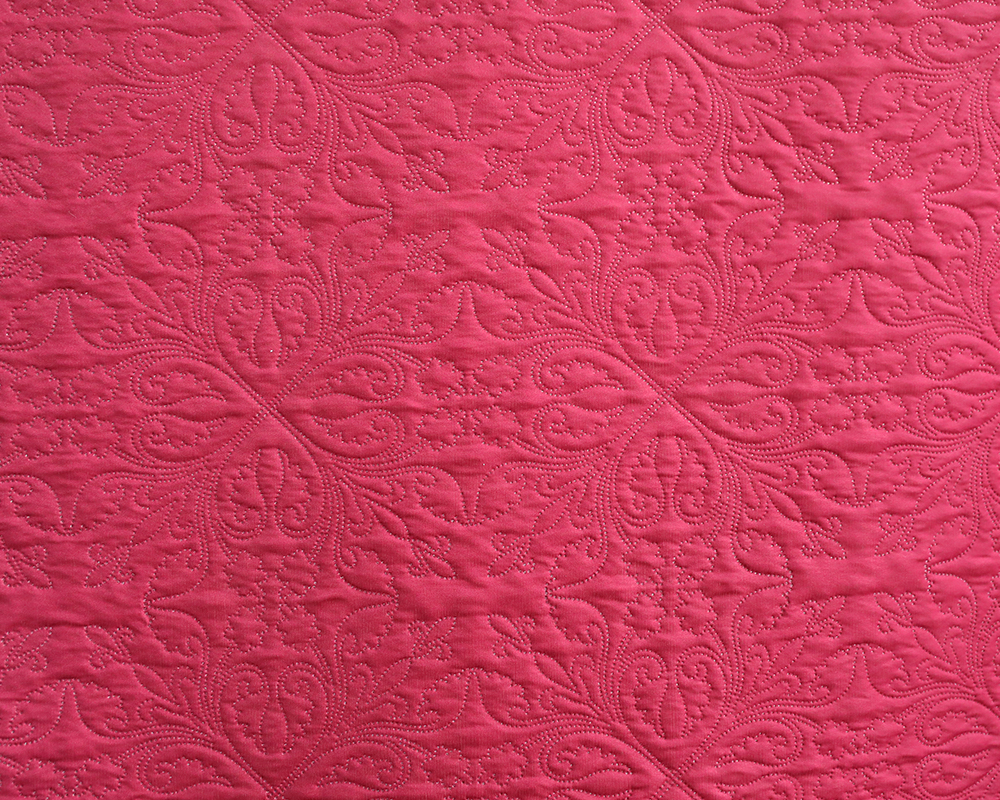Search...
Improving the adhesion and color fastness of dyes during the dyeing process of dyed ultrasonic fabric requires optimizing several key factors, including the choice of dyeing technology, the application of ultrasonic energy, the properties of the fabric, and the chemicals used. Here are some approaches to enhance the adhesion and color fastness of dyes on ultrasonic-dyed fabrics:
Frequency and Power: The frequency and power of the ultrasonic waves significantly impact the dye penetration into the fabric fibers. Lower frequencies (typically around 20 kHz to 40 kHz) are generally used for more intense vibrations, which can enhance the ability of dye molecules to penetrate deeper into the fiber. This results in better adhesion of the dye and improved uniformity.Longer exposure to ultrasonic waves can increase dye penetration and the interaction between the dye molecules and the fabric fibers. However, excessive exposure may cause fiber damage, so it's essential to balance the treatment time for optimal results.Ensuring uniform distribution of ultrasonic energy across the fabric ensures even dyeing, which is critical for achieving consistent color fastness.
Using appropriate dye fixatives or mordants during the ultrasonic dyeing process can improve dye adhesion to the fabric. These chemicals bond with the dye molecules, helping them to better adhere to the fibers and improve color fastness. For instance, cationic fixatives for anionic dyes can enhance the bonding.Certain mordants like aluminum or iron salts can also be used to enhance the interaction between the dye and the fabric. These compounds help to form a complex with the dye, ensuring better adhesion and stronger color retention.

Ultrasonic waves can be used not only for dye penetration but also for modifying the fabric's surface at the molecular level. This can enhance the fabric’s surface roughness and polarity, creating more active sites for the dye to bond with. Increasing surface activation can result in better dye absorption and stronger adhesion.Pre-treating fabrics with a mild ultrasonic cleaning or activation process before dyeing can remove any residual oils, dust, or other contaminants that may hinder dye adhesion. This ensures that the dye interacts more effectively with the fibers.
The pH of the dyeing bath significantly influences dye uptake and color fastness. For instance, an alkaline pH can enhance the dye’s reactivity with the fabric fibers, particularly in cotton or cellulose-based fabrics. Maintaining the appropriate pH (depending on the type of dye used) ensures better dye-fiber interaction and improved color stability.The temperature of the dyeing bath should also be carefully controlled. Higher temperatures can increase the kinetic energy of the dye molecules, improving their ability to diffuse into the fibers and bond more strongly. However, excessively high temperatures might degrade some dyes or damage the fabric, so it's important to find the optimal temperature for the specific dye and fabric type.
Choosing dyes with strong color fastness properties is essential for achieving durable results. For instance, disperse dyes (for synthetic fabrics) or reactive dyes (for natural fibers) offer better adhesion and wash fastness. The quality of the dye itself plays a crucial role in achieving good adhesion and color retention.The molecular structure of the dye influences its ability to penetrate and bond with the fibers. Dyes with smaller molecules or those specifically designed for ultrasonic dyeing processes may offer improved penetration and adhesion.
Post-dyeing treatments, such as hot washing or steaming, can help in enhancing the color fastness of dyed fabrics. These treatments allow the dye to become more chemically bonded to the fabric fibers and help remove any loosely attached dye molecules, preventing them from washing out over time.After the dyeing process, washing the fabric with a fixative or using high-temperature fixing treatments can ensure that the dye molecules are properly locked into the fabric. This improves wash fastness, light fastness, and abrasion resistance, making the dye more durable and resistant to fading.
With careful process control and the integration of innovative technologies like nanotechnology, ultrasonic dyeing can provide a highly efficient and environmentally friendly solution to achieve superior adhesion and color fastness.

 English
English
 中文简体
中文简体
 Español
Español





.jpg?imageView2/2/format/jp2)






